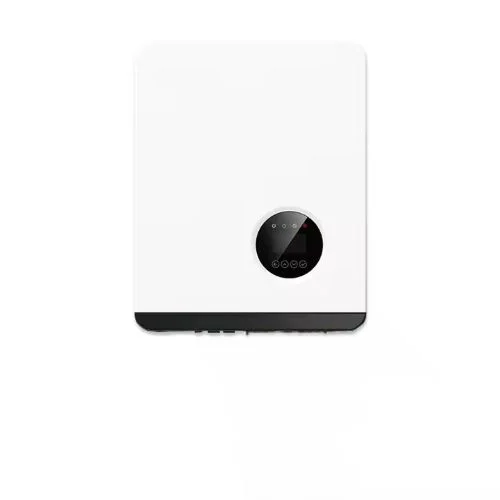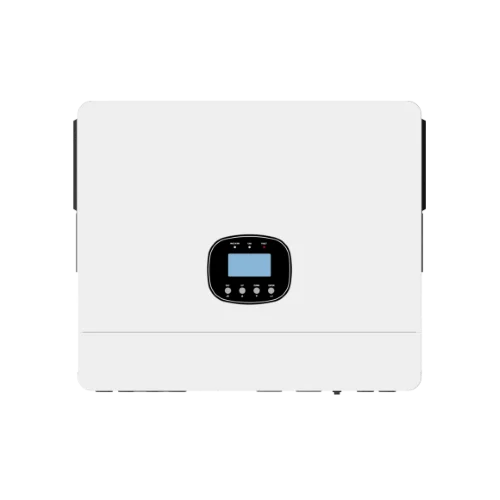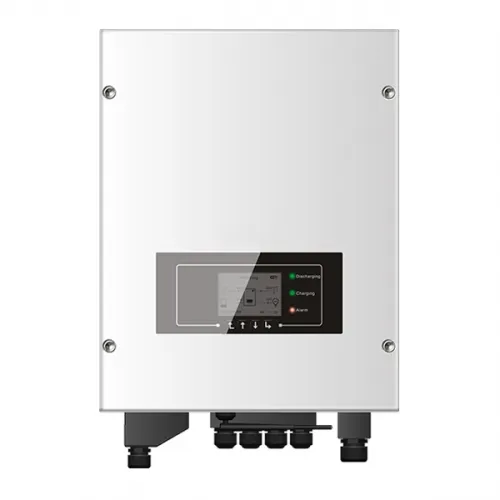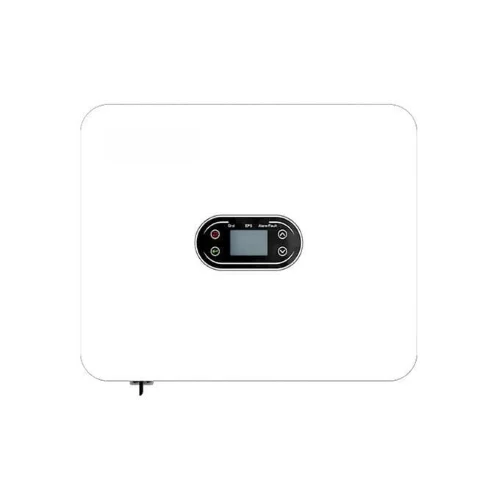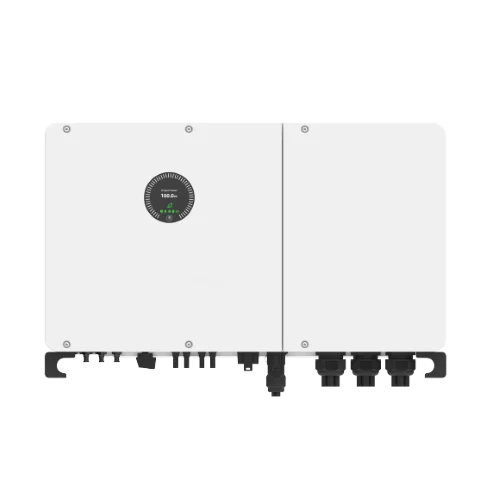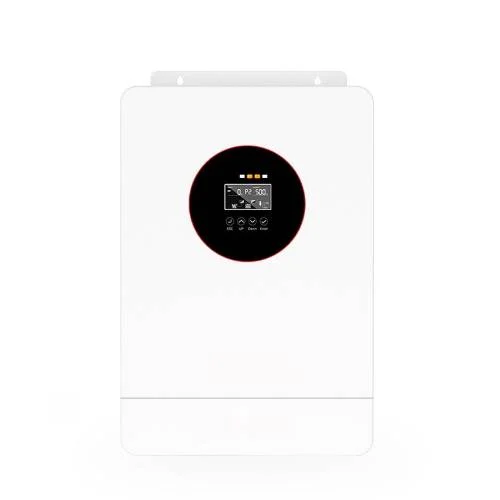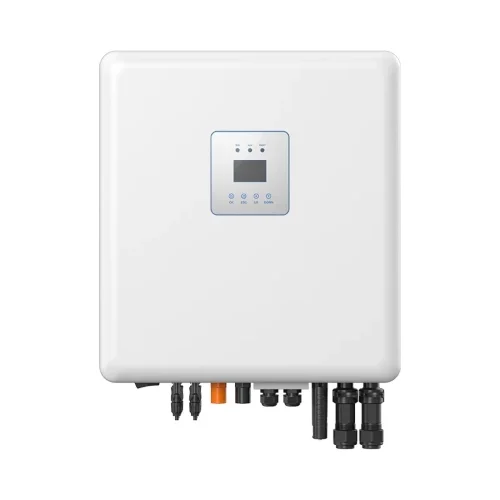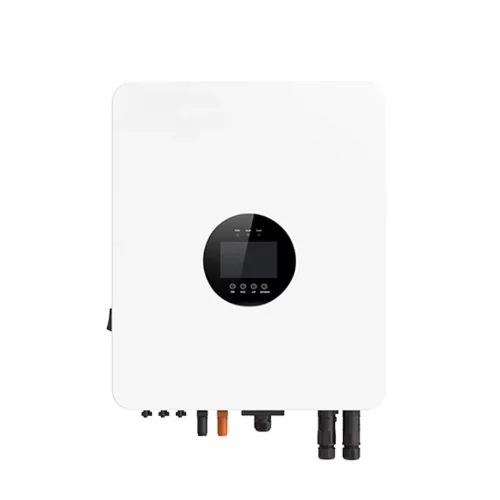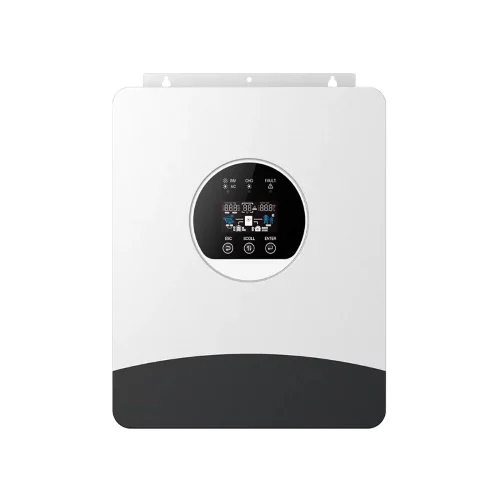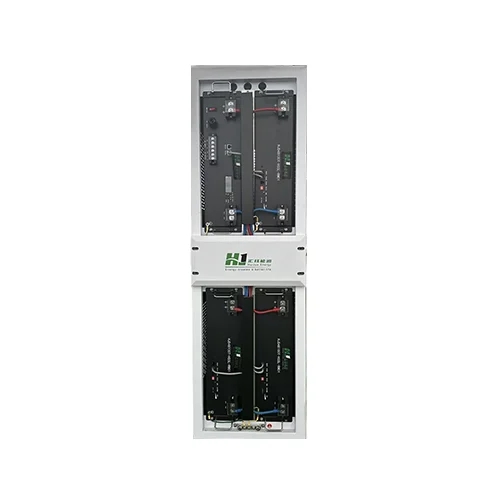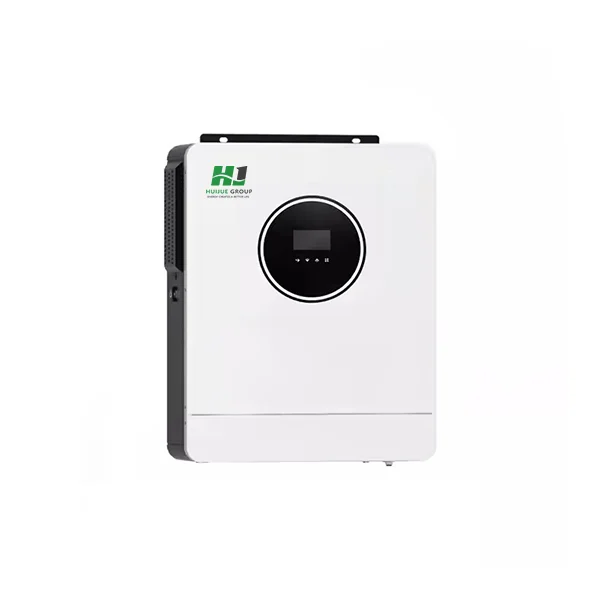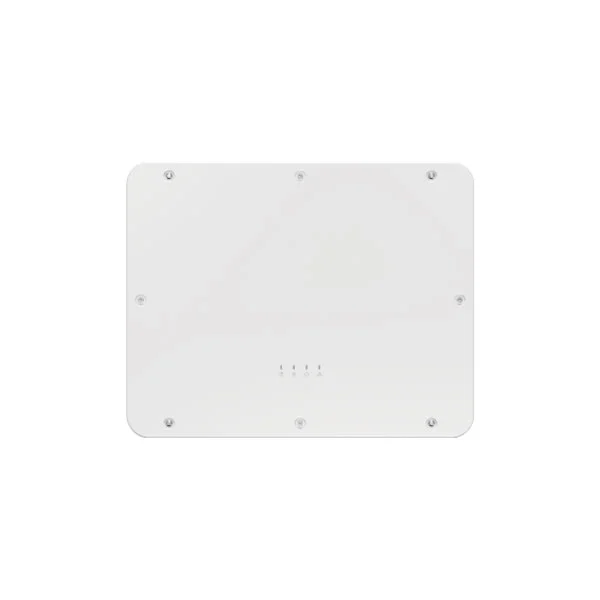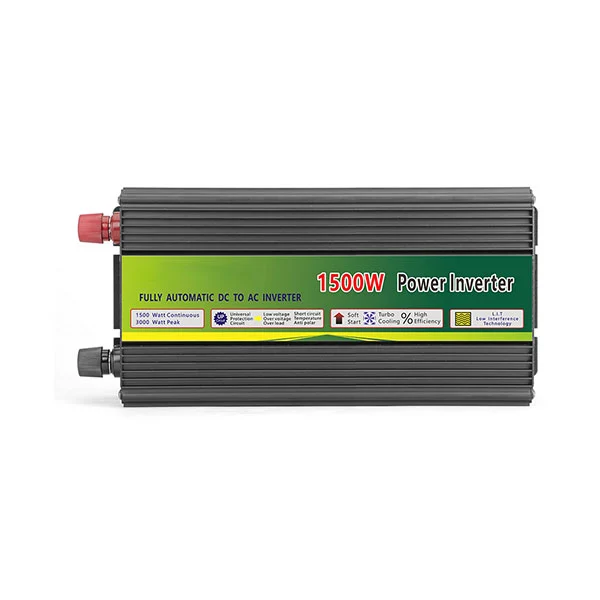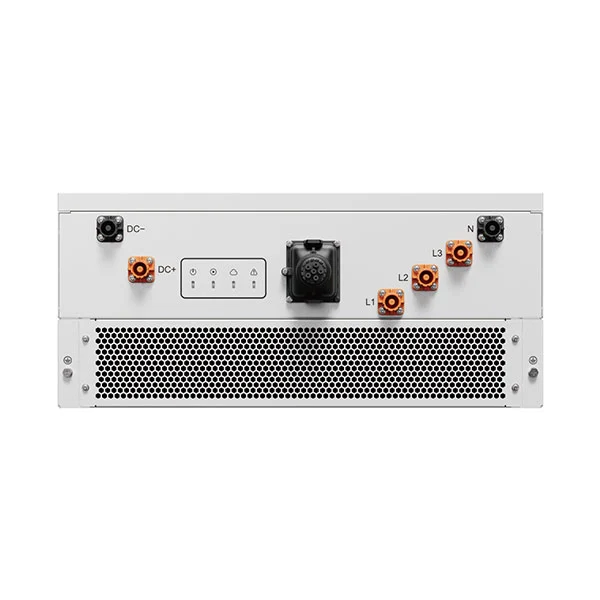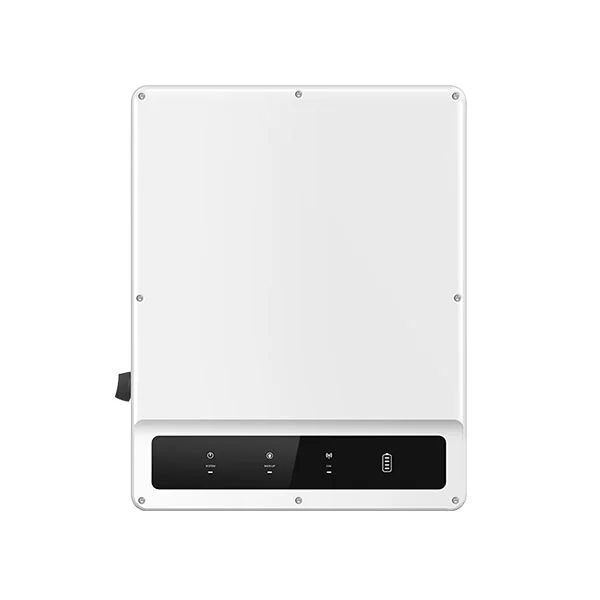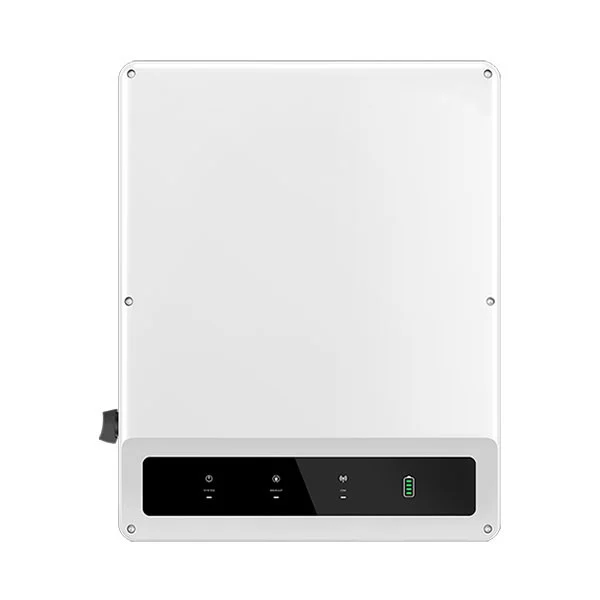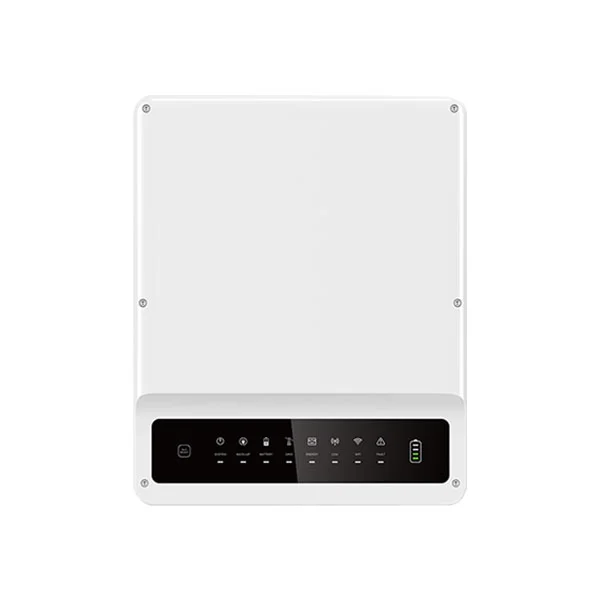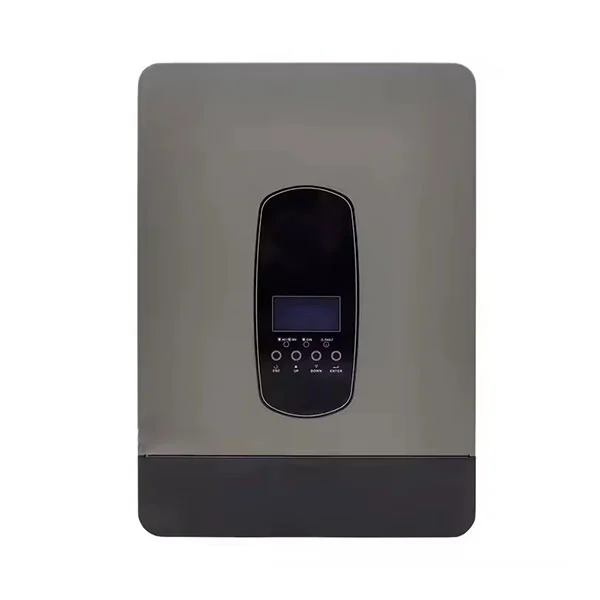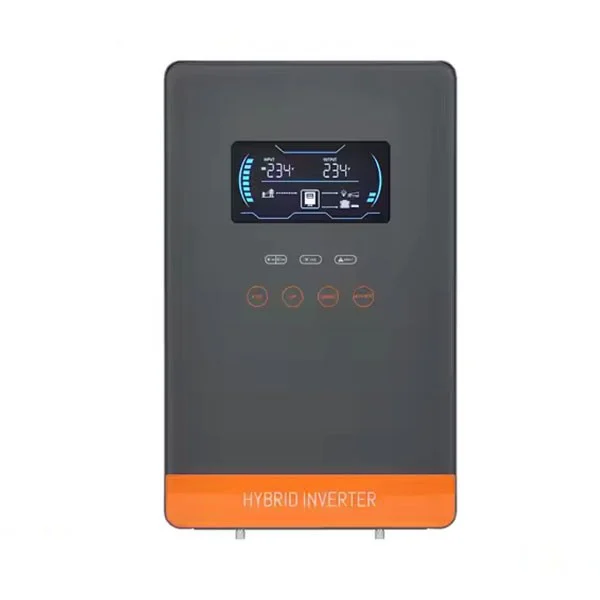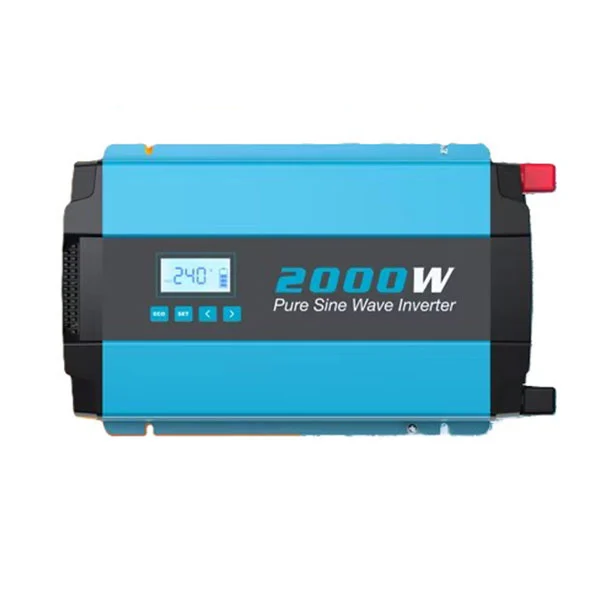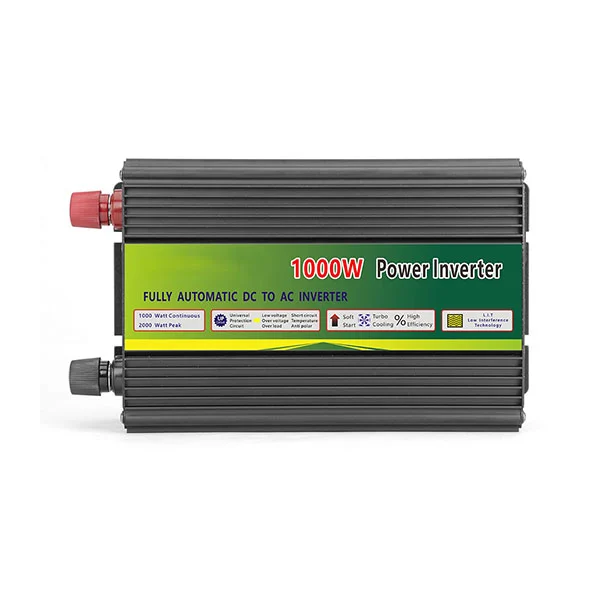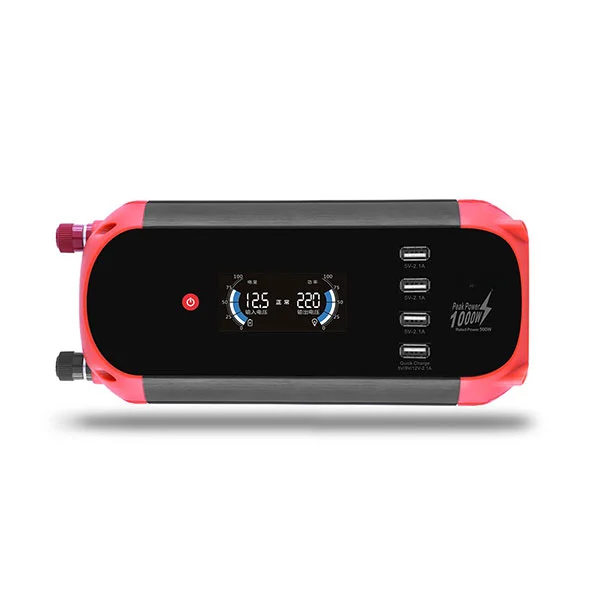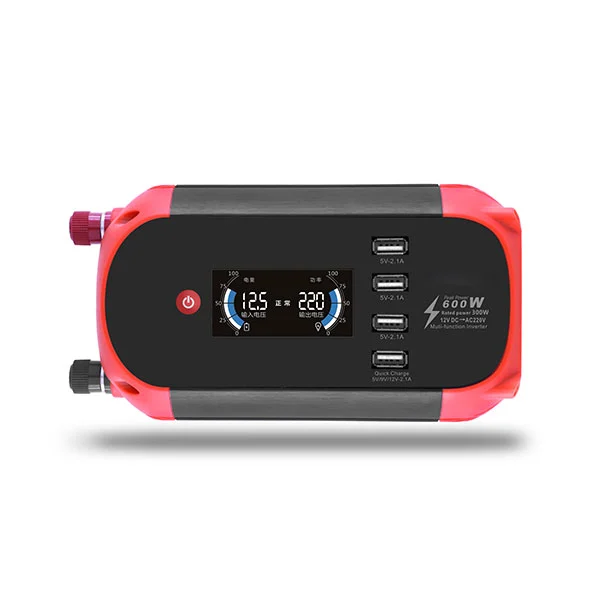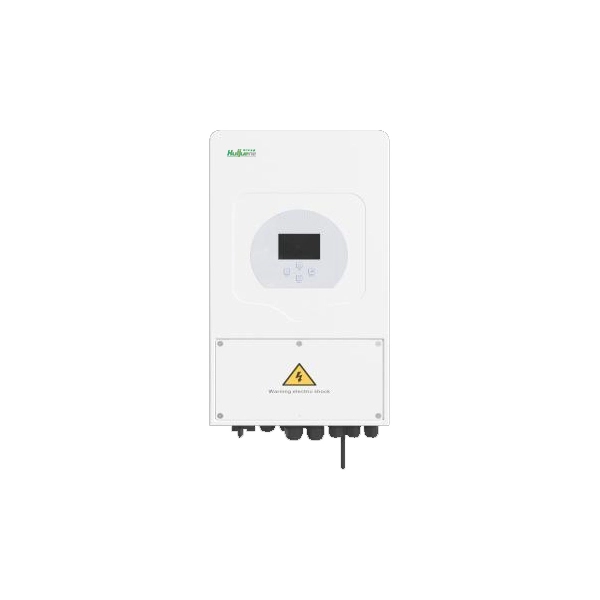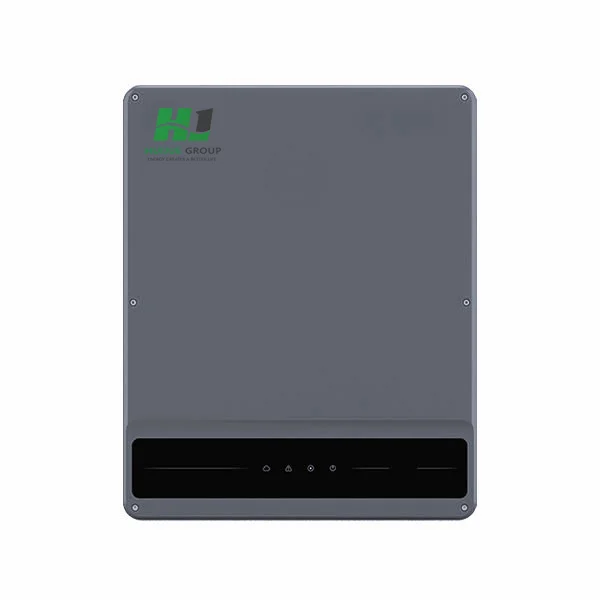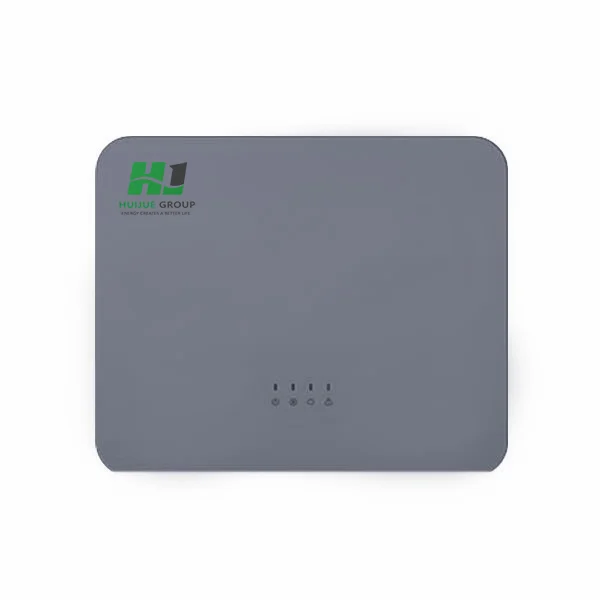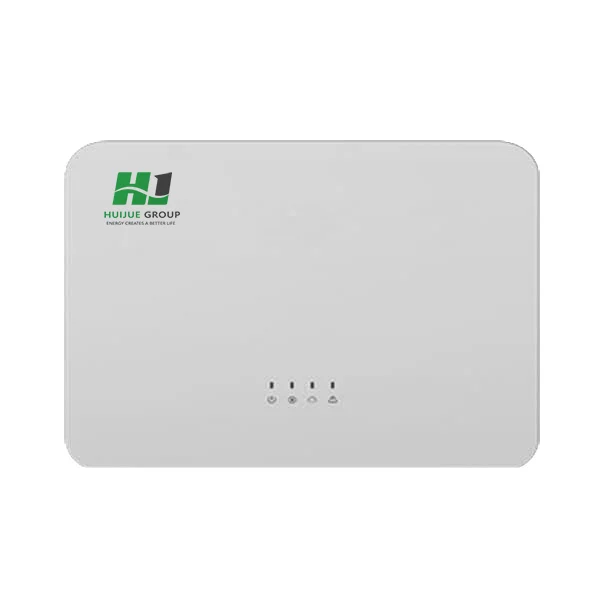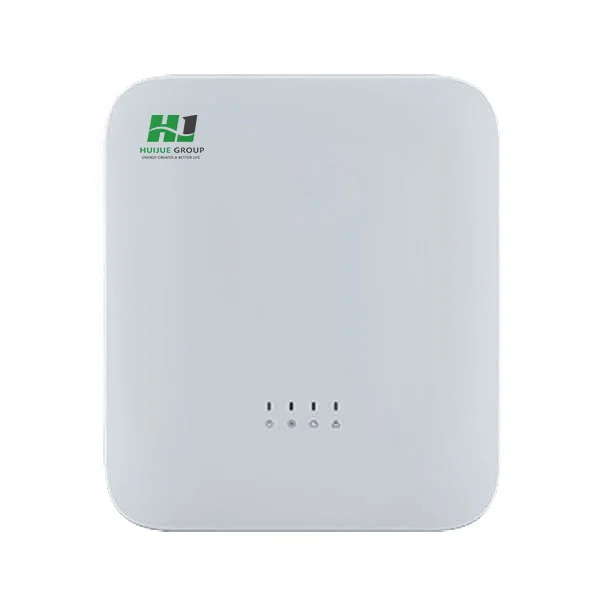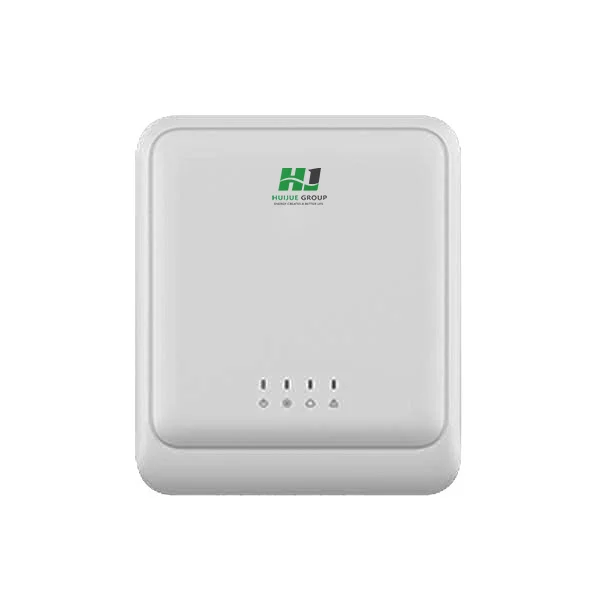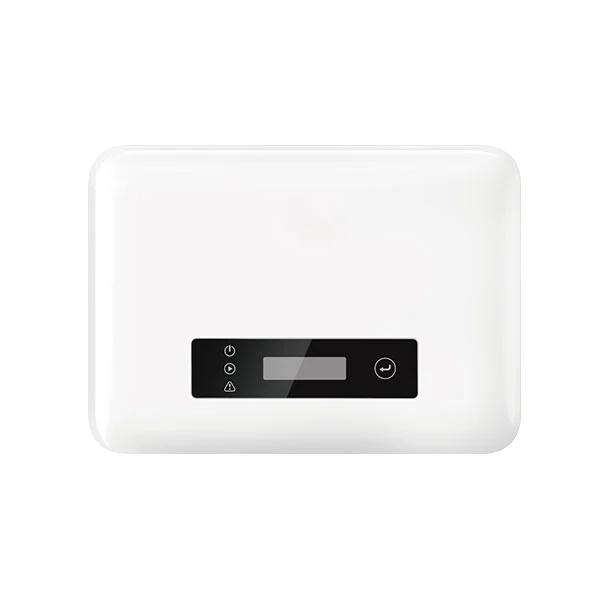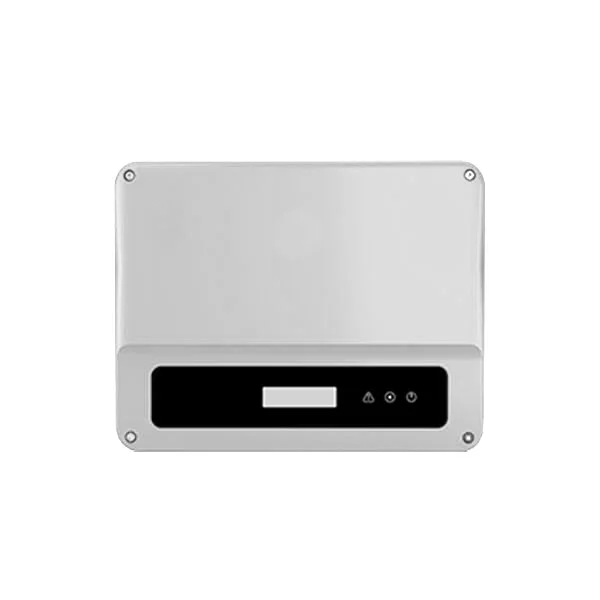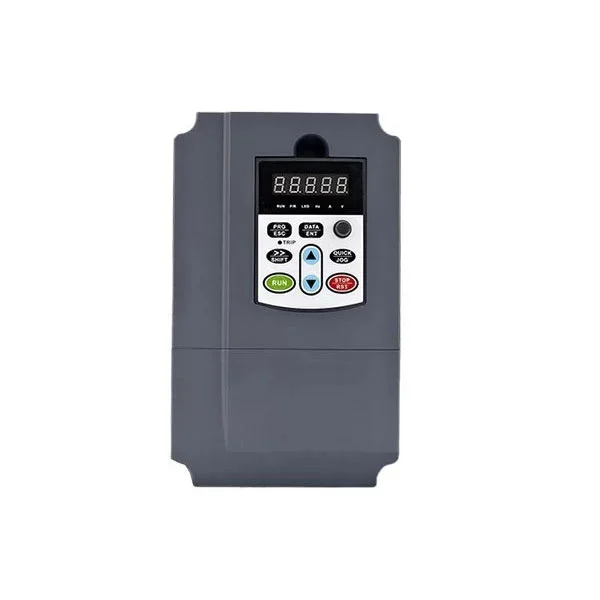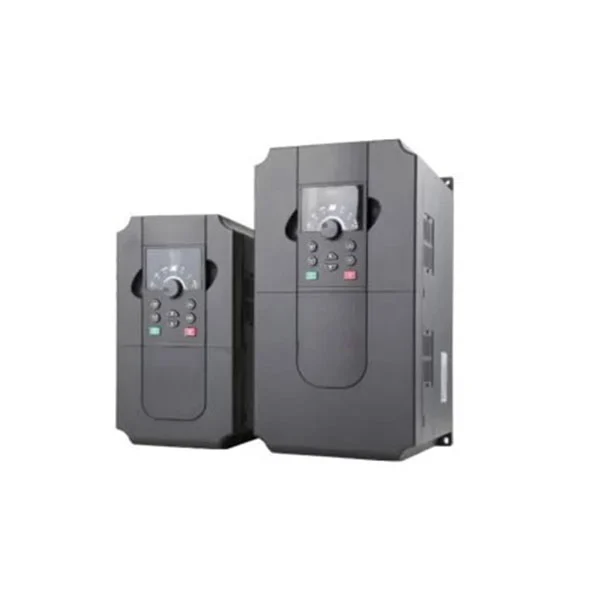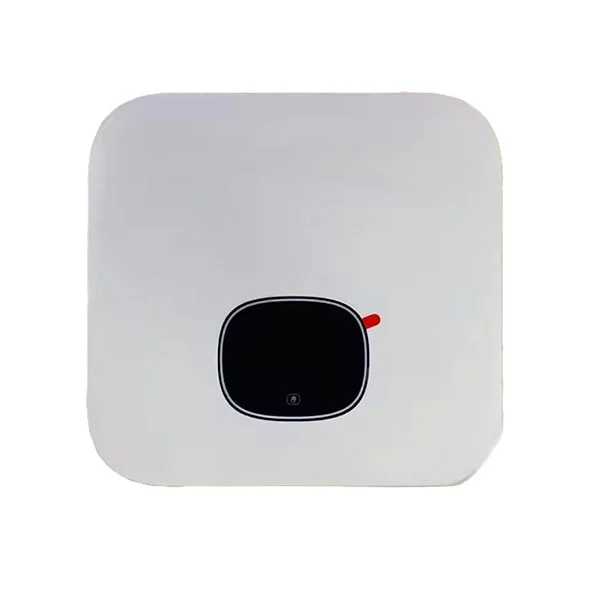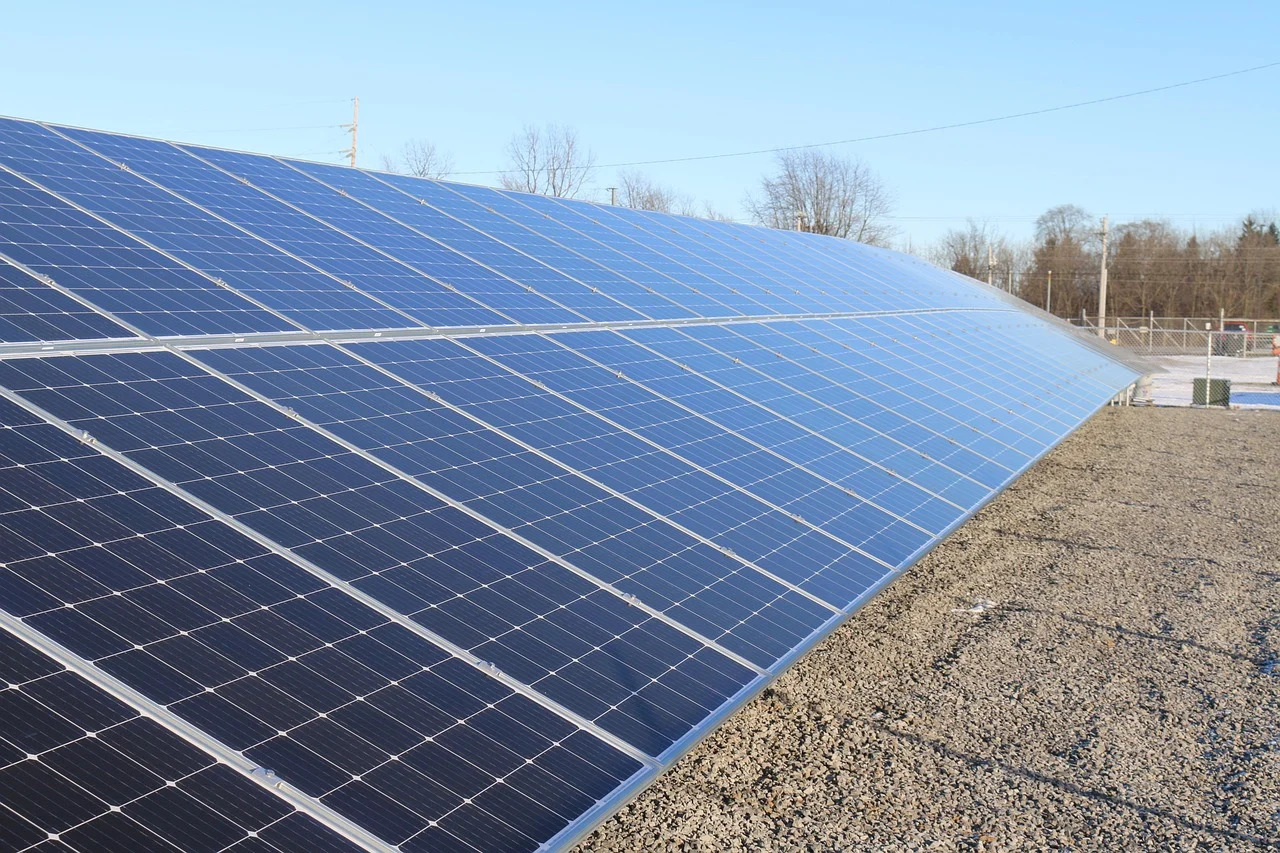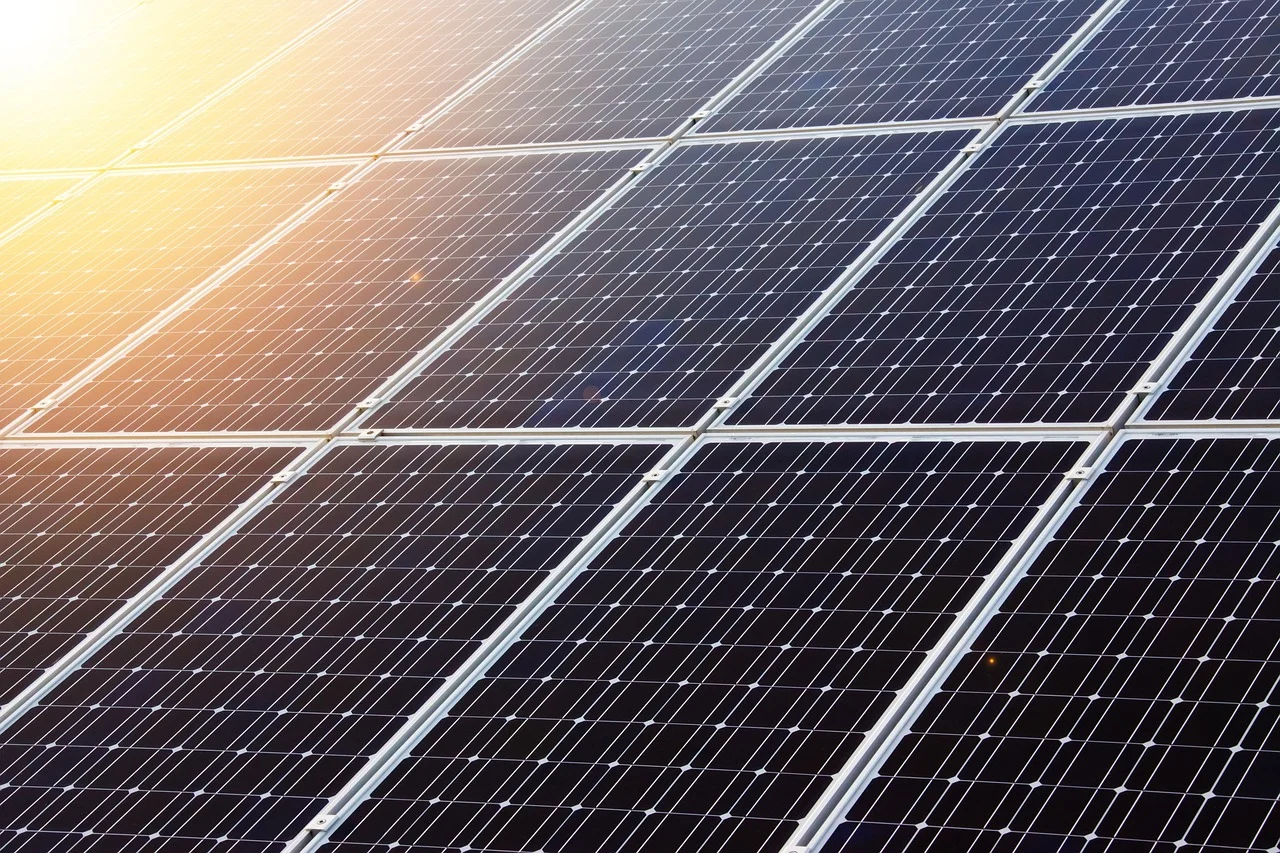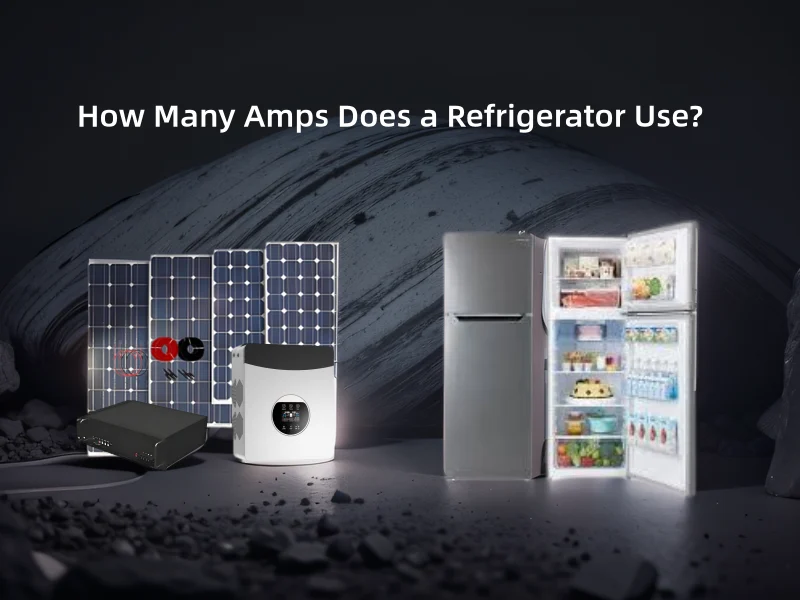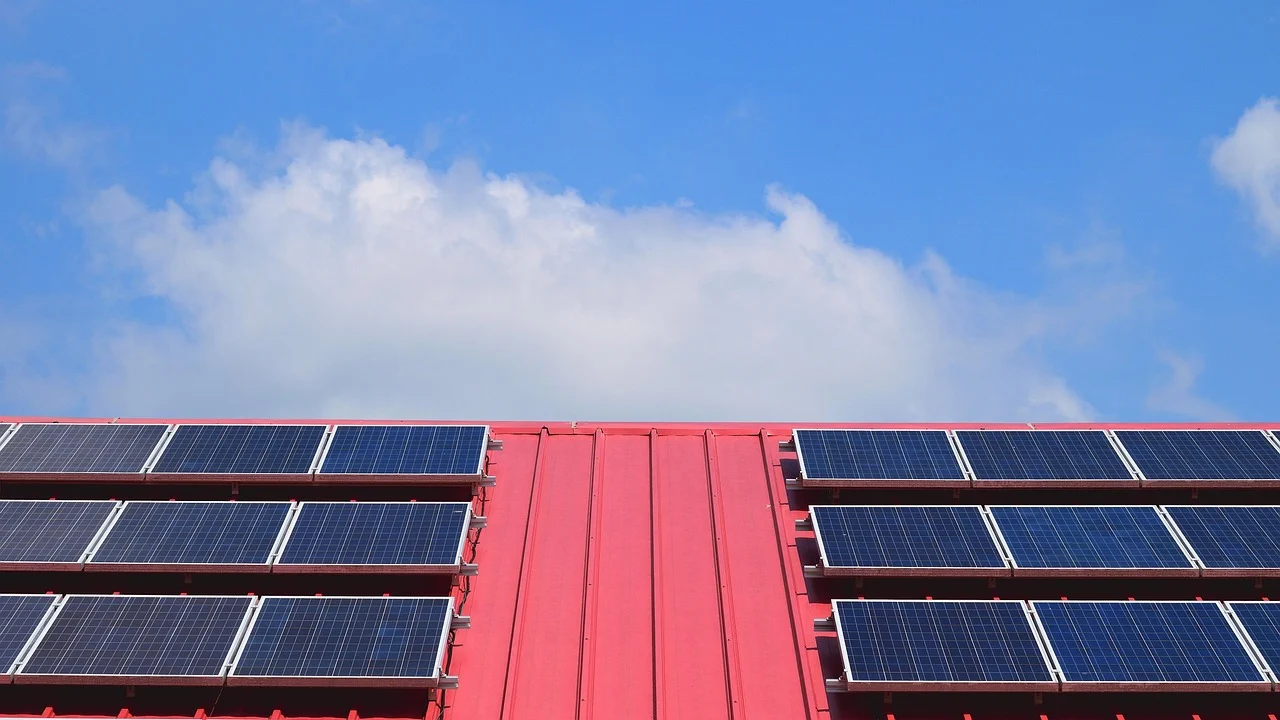The Math Doesn’t Lie: Why 300W + 120W = Trouble
This inverter is not a magic box, it transforms direct current to alternating power; however, due to losses in the conversion process, input power is greater than the output power. For a 300W inverter:
- Output: 300W AC
- Input needed: 300W ÷ 0.9 (efficiency) ≈ 333W DC
That 120W input? A mere 36% of what the inverter wants. Switch on a hair dryer or a microwave, and you could be asking for real fireworks.
3 Hidden Risks of Mismatching Power Inverters
1. “Why Won’t My Inverter Turn On?”
A 120W power supply cannot provide the startup surge (inrush current) that most inverters demand. Imagine revving a car engine with a dead battery-it will sputter and die.
Example from real life: Someone tried to run a 150W coffee maker on a 300W inverter with a 120W power supply. The inverter blinked twice…and shut off.
2. Overheating: The Silent Killer
In transformers, overloading causes heat production. When not enough power is coming in, cooling fans cannot keep up their speeds. Result? Component melts and fried inverter.
Pro tip: After about 10 minutes of use, touch the inverter; if it's hotter than a barbie grill, you are playing with fire.
3. Device Damage (Yes, Your Gadgets Are at Risk)
An under-voltage might damage sensitive electronics when inverter stress is over. That $1,200 laptop? Its charger was designed to withstand stable power.
When Can You Use a 300W Inverter on 120W?
Well, here's the loophole: if the total load of your devices is under 100W, you might just make it.
Some of the safe bets for the 120W power supply are:
- Phone chargers (5-20W)
- LED lights (10-30W)
- Laptops (50-90W)
But hold on: most inverters suck up 10-20W of standby power, so with nothing plugged into the inverter, you're still burning 10% of your supply's capacity.
4-Step Survival Guide for 300W/120W Users
1. Check the specifications
- Input voltage: Must match supply output (e.g., 12V).
- Efficiency rating: the higher, the better (see between 85 and 93%).
2. Calculate the load you will really put on it
- Wattage of device + inverter losses (10%) = Total DC needed.
- For example, 80W laptop = 80W÷0.9 = about 89W DC.
3. Add a kill switch
Use a DC power meter to cut power if the load exceeds 100W.
4. Upgrade strategically
- For constant usage: Replace to a larger power supply of 200W.
- Emergency backup: Use a lithium battery buffer.
“But I Did It and It Works!” – Why You’re Playing Russian Roulette
Of course, by running an example of a 50W fan for several hours with no problems, it can be argued that this is acceptable. Yet inverters were never built for chronic underpowering.
Industry note: Reputable manufacturers like Renogy and Jackery will void the warranty when inverters are used at loads below 80% of the rated input. That "not-so-harmful" configuration could well cost you $200+ in repairs.
The Smart Alternative: Right-Size Your Gear
Instead of risking a meltdown, try:
- 100W inverters(great for 120W supplies)
- Portable power stations(with inbuilt inverters)
- DC-DC converters(skipping the AC conversion altogether)
Pro move: RV owners quite often use dual-input inverters mixing their battery and solars-no more mismatching supplies.
Final Word: This Isn’t a DIY Hack
Sure, you can run a 300W inverter on 120W on microscopic loads, but that's like fetching groceries with a Ferrari: technically doable, absolutely not smart.
Your action plan:
- Assess the wattage of your devices
- Purchase an inverter that matches your supply
- In case of doubt, call for the electrician
Still willing to give it a try? At least keep a fire extinguisher nearby. 🔥

